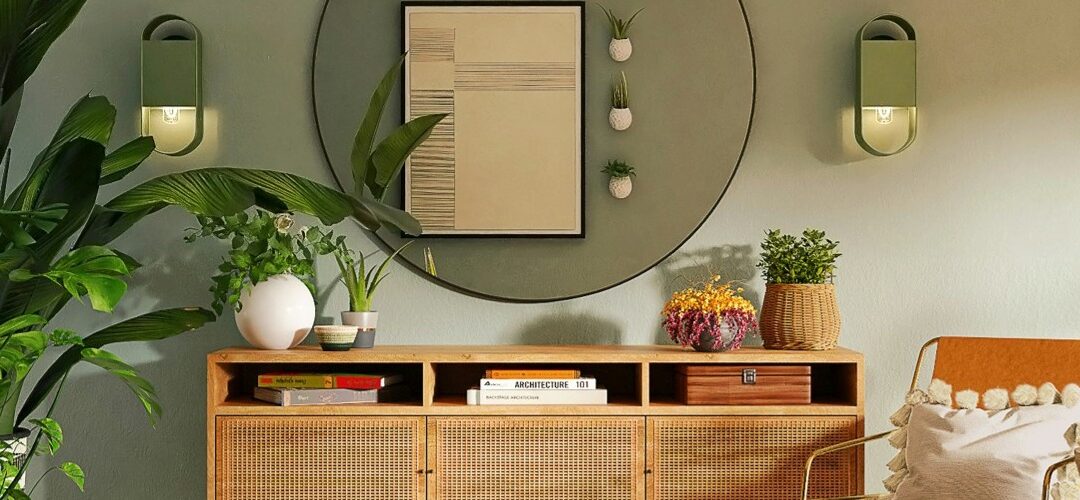By Isabelle H
Changing careers can feel like stepping into a brand-new world with no blueprint or plan, something I have always relied upon with my background in Interior Design. So, when I decided to take my first steps into counselling, it seemed on the surface like a total departure. One profession is all about colour palettes, textures and the physical environment and the other is about thoughts, feelings and the unseen processes of the mind. Yet as I progressed through my training, I started to notice some similarities that I hadn’t anticipated.
Both Interior Design and Counselling are, at their core, about understanding people – really listening to them, seeing beyond the surface and helping them create a space where they feel comfortable and safe. In Design I was helping to shape their external world and in Counselling I am supporting clients to understand and reframe their internal world.
I realised quickly that one of the cornerstones of both professions is the building of a relationship and trust. It takes a while to get to know what a client wants for their home, they’re often uncertain and tentative to try new things or ideas outside their comfort zone. A client might resist a bold suggestion initially, just as a counselling client might hesitate to face a difficult truth. My role in both professions is to go at the pace of the client giving them their own autonomy whilst offering gentle guidance.
Both careers have taught me that transformation is rarely instant. A redesign project doesn’t come together in a single meeting. It involves, sketches, revisions, adjustments. The same is true in counselling. Clients might arrive hoping for a quick fix, but deep change unfolds slowly, layer by layer.
One of the most satisfying aspects of Interior Design is helping clients look at their existing home in a new way. A cramped space might become cosy with the right lighting, or an awkward corner might transform into a reading nook. Something familiar and unappreciated can suddenly be reinterpreted.
I see reframing in counselling in a similar way, just that instead of physical things, it happens within the mind. A belief like, “My marriage failed therefore I must be unlovable” might be gently reframed into “The relationship ended but I am still worthy of love” It’s an opportunity to shift a narrative of loss and low self-worth, to that of resilience and growth.
Both professions allow clients to look at familiar things in new ways. Both create conditions for people to feel more comfortable, more themselves and able to flourish.
One of the most profound similarities I have noticed between the two professions is how much the external and internal worlds influence each other. A cluttered room might exacerbate a cluttered mind, conversely, someone living with internal chaos might struggle to maintain their external environment.
In design a noticed how a small change in a room, perhaps a splash of colour or more natural light could really lift a client’s mood. In counselling I see how a small shift in self-perception, a new insight or perhaps a moment of compassion can ripple outwards into other areas of life.
Interior Design has taught me how much our environments can shape our well-being. Counselling is teaching me how much our inner lives shape the way we experience everything else. Together these perspectives remind me that whether we are rearranging a room or reshaping a belief, the goal is the same, to create spaces where people feel truly at home.

